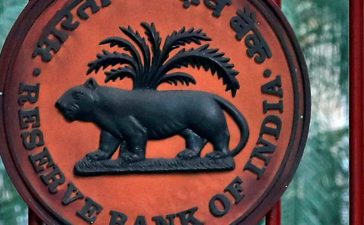
While the purpose of reservations is to help communities overcome generational and systemic hurdles, the bench correctly has said that any sub-classification will require a set of criteria. You can’t just dole out quotas ‘theoretically’. An efficient selection system is critical to ensuring that quotas benefit the last person, not just communities. It must consider parameters beyond SC/ST subgroup identities – such as family and individual wealth, income, education, rural or urban, and gender – to create a multidimensional index that objectively assesses comparative disadvantage within the SC/ST category.
Transparency is key to the quota process being effective for the purpose it was created. No point providing such affirmative action to, say, a wealthy dalit or denying it to a badly-off brahmin. In other words, individuals over groups.









